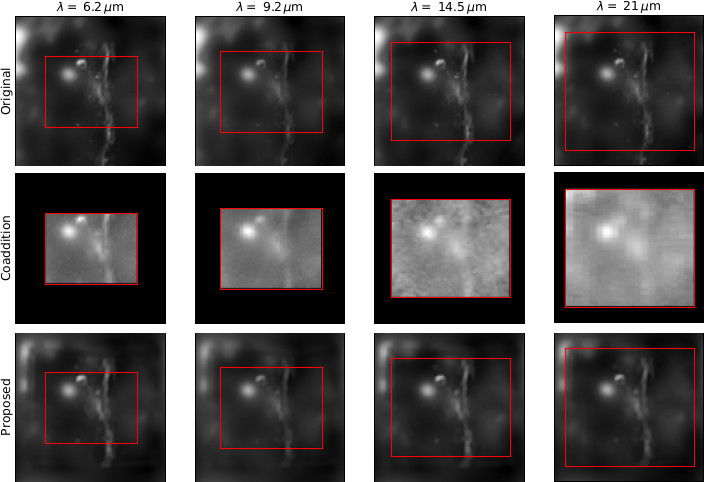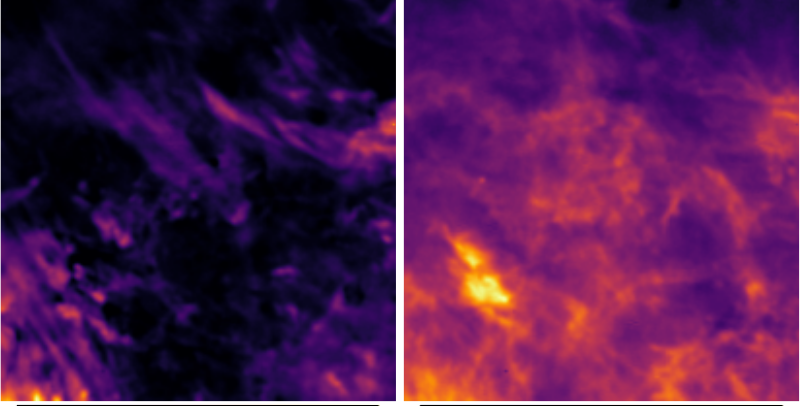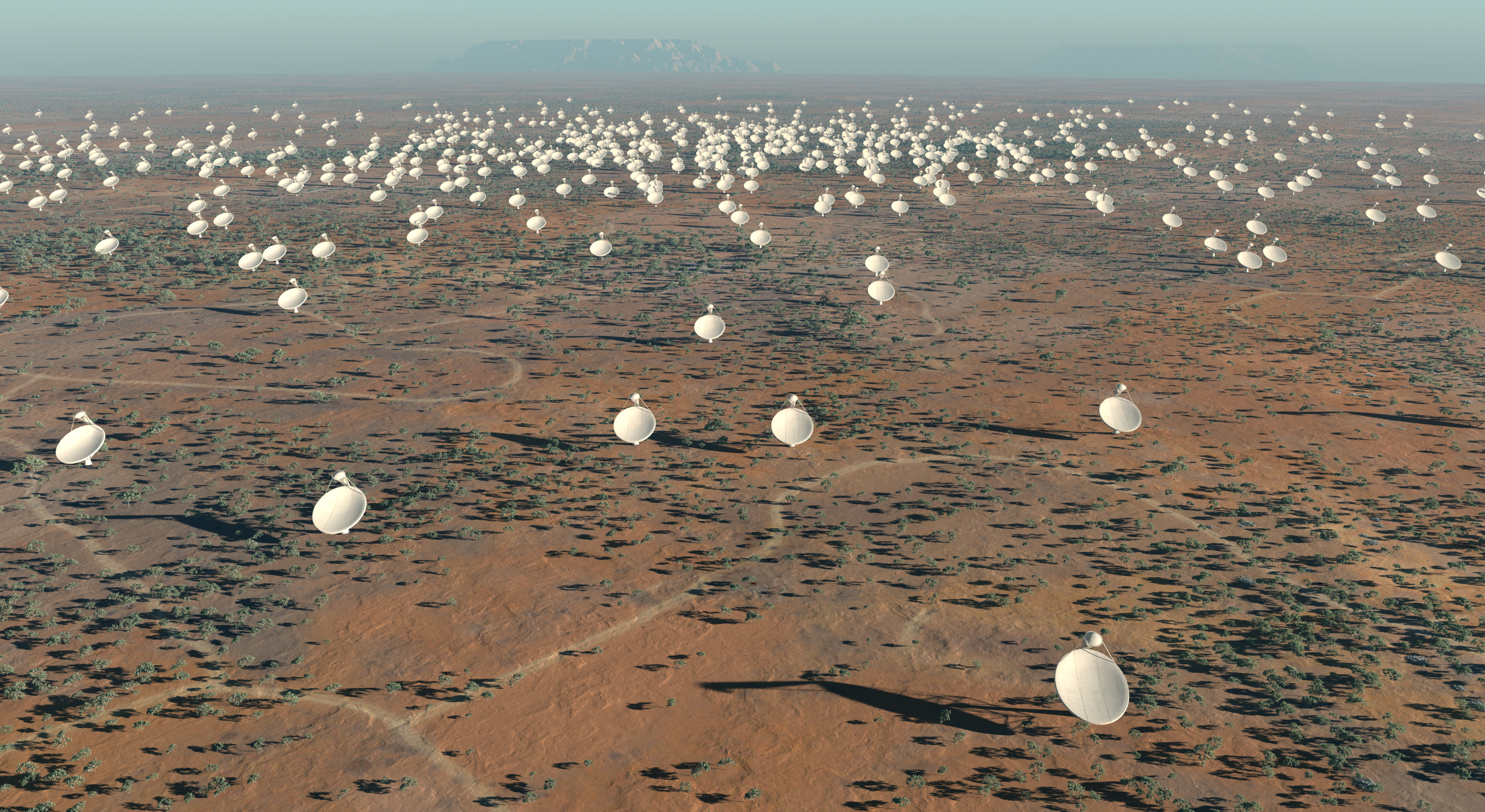MCMC Uncertainty Quantification and hyperparameter estimation

I’m currently (2020 - 2021) at LS2N to work on new MCMC algorithms for uncertainty quantification and hyperparameter estimation in inverse problems.
F. Orieux and R. Chinchilla, “Semi-Unsupervised Bayesian Convex Image
Restoration with Location Mixture of Gaussian,” in 25th european signal
processing conference (EUSIPCO), 2017, pp. 758–762, doi:
10.23919/EUSIPCO.2017.8081309.
SIDISO project : Hyperspectral reconstruction

The James Webb Space Telescope (JWST) is the space telescope of the next decade and the most ambitious space project today. I work more specifically on hyperspectral image reconstruction, data fusion, spectral unmixing and super-resolution.
R. Abirizk, F. Orieux, and A. Abergel, “Non-Stationary Hyperspectral Forward
Model and High-Resolution,” in Proc. of 27th IEEE int. conf. on Image
Processing, Abu-Dhabi, United Arab Emirates, Oct. 2020, p. 5.
Available: https://hal.archives-ouvertes.fr/hal-02773302/document.
Hyperstars and source separation

Hyperstars is a project on regularized sources separation of hyperspectral images. The project notably leads to ROHSA, a new algorithm for Regularized Optimization for Hyper-Spectral Analysis, a game changer for study of such complex data to understand star formation.
A. Marchal et al., “ROHSA: Regularized Optimization for Hyper-Spectral
Analysis,” Astronomy and Astrophysics - A&A, vol. 626, p. A101, 2019, doi:
10.1051/0004-6361/201935335.
Fourier synthesis and the Square Kilometer Array

The Square Kilometer Array is the next generation of telescope for radioastronomy. The DarkEra ANR has the objective to build new simulation tools to design hybrid HPC systems adapted to the process of the huge amount of data with complex algorithms. We notably work on new Fourier synthesis, reconstruction and deconvolution algorithms.
Microscopy Imaging: Structured Illumination Microscopy

SIM imaging is a technique to enhance the spatial and axial resolution of fluorescence images. This is a co-design approach where the instrument is modified with a reconstruction algorithm that takes part of the new information introduced in the data. SIM exploits in particular moiré effect, or spectral aliasing, to extract frequencies that are unseen with classical widefield microscope.